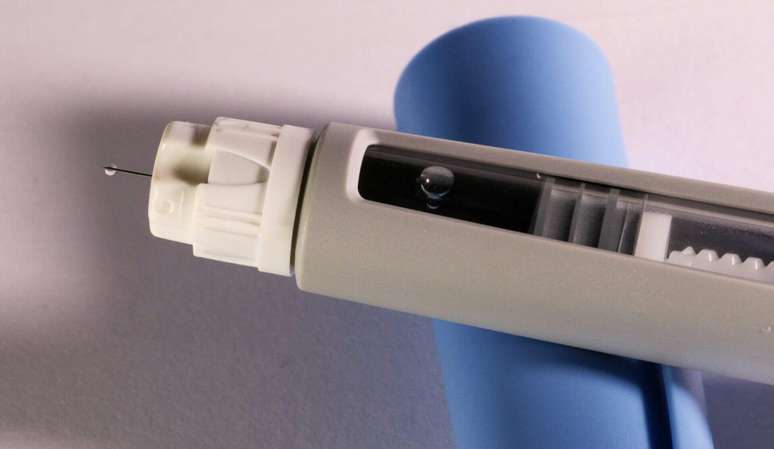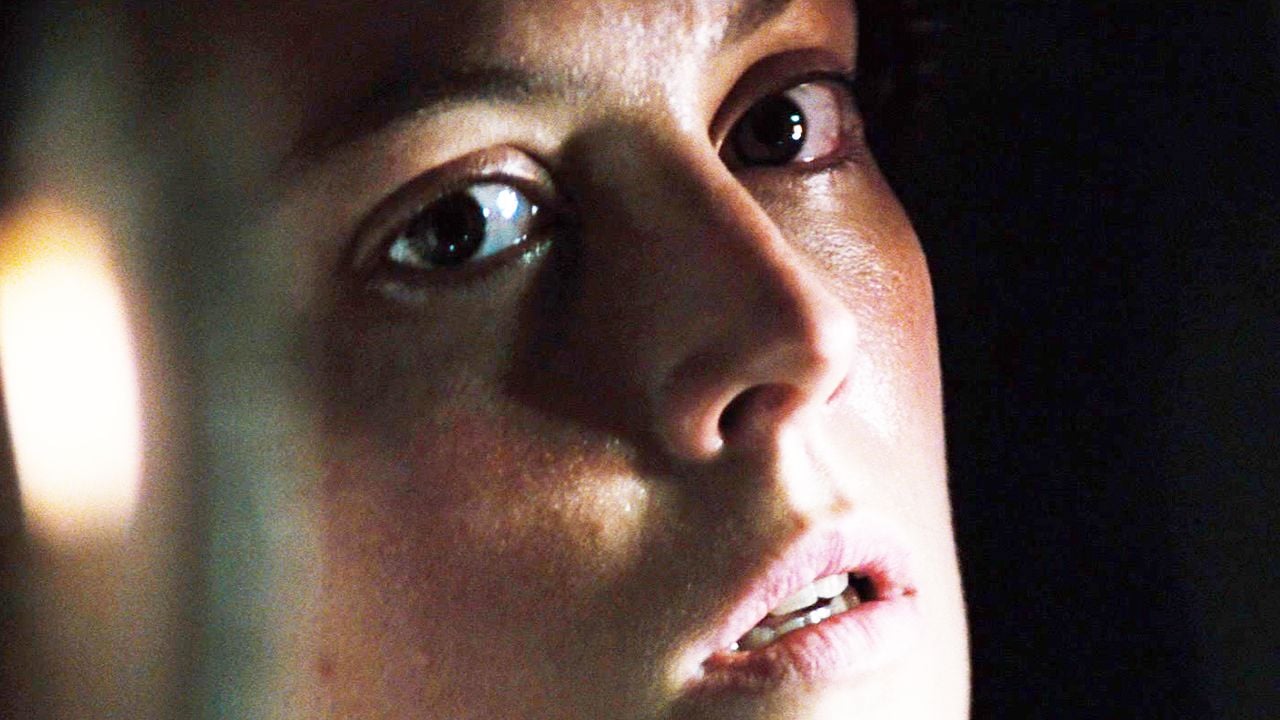Diseases with low incidence in the population take years to identify
When it comes to rare diseases, the first test that comes to mind is the pinholeing test, a test available through the SUS that detects at least six diseases, five of which are rare, and sickle cell anemia, which may or may not be rare, depending depending on the region from the country. The traditional puncture in the heel of the newborn immediately after birth is rapid, non-invasive and must be performed within the fifth day of life.
In 2021, a law expanded the test offered in the same SUS to 50 diseases. But the rollout of this more comprehensive scrutiny in public service is happening gradually and is not available in many places. In private laboratories, however, the most complete practice is the order of the day.
Blood testing performed on newborns in the heel may seem ineffective, after all, there are only 50 diseases out of thousands of those considered rare that have already been identified. But this is a false dilemma. “The test is very important, as it detects diseases that require very early diagnosis and intervention,” says Salmo Raskin, president of the Scientific Department of Genetics at the Brazilian Society of Pediatrics.
An example, according to doctors, is the case of congenital hypothyroidism. If identified early, simple hormonal treatment is sufficient to stop the progression of the disease. If left undiagnosed, within a few months, the dysfunction can cause neurological problems, hearing loss and failure to thrive.
For thousands of other diseases, however, the situation is more delicate. Diagnosis, in many cases, can take up to five years on average to arrive. According to Magda Carneiro Sampaio, professor of Clinical Pediatrics at the Faculty of Medicine of the University of São Paulo (FMUSP), one of the bottlenecks to face is the normally enormous distance that exists between the first visits to the doctor, to the beginning of some kind of symptom and referral to the right specialist. “There are a lot of unnecessary consultations and tests, a lot of immunodeficient people die on the way,” says Magda. According to the doctor, primary care physicians and nurses need to be more alert to the possibility that the patient has a rare disease.
Research conducted by nurse Marcos Thomazin Lopes, postdoctoral fellow in rare diseases at FMUSP, published in 2018 in the scientific journal Clinics, by HCUSP, revealed that delayed diagnosis is one of the biggest complaints of people living with rare diseases. “Psychic suffering is very intense, both for caregivers and family members and for patients,” he says.
genetic revolution
Exome sequencing, a comprehensive test that detects changes in DNA and can identify almost any existing rare disease, emerged as a revolution in diagnostics a decade ago. “With this test, the doctor doesn’t even need to have a very strong diagnostic hypothesis, the test says what the disease is,” says Salmo Raskin.
It is an exam that costs around R$ 5 thousand, but for some cases, such as the assessment of intellectual disability, it can be done through SUS or through supplementary health plans. “It’s an expensive test, if you just think about the price. But not diagnosing it costs hundreds of times more for the family and for the health care system,” says Raskin.
As most rare diseases are hereditary, a couple who have a child diagnosed with one of these diseases should receive genetic counseling if they wish to have more children. Many people don’t get this type of assistance either because they don’t get their first child diagnosed or because the professionals involved don’t offer this guidance.
Source: Terra
Ben Stock is a lifestyle journalist and author at Gossipify. He writes about topics such as health, wellness, travel, food and home decor. He provides practical advice and inspiration to improve well-being, keeps readers up to date with latest lifestyle news and trends, known for his engaging writing style, in-depth analysis and unique perspectives.







![Such a wonderful sun in advance: Summary of the episode on August 21, 2025 [SPOILERS] Such a wonderful sun in advance: Summary of the episode on August 21, 2025 [SPOILERS]](https://fr.web.img5.acsta.net/img/d3/05/d305bc2e988868b047486aa1f425d806.jpg)
